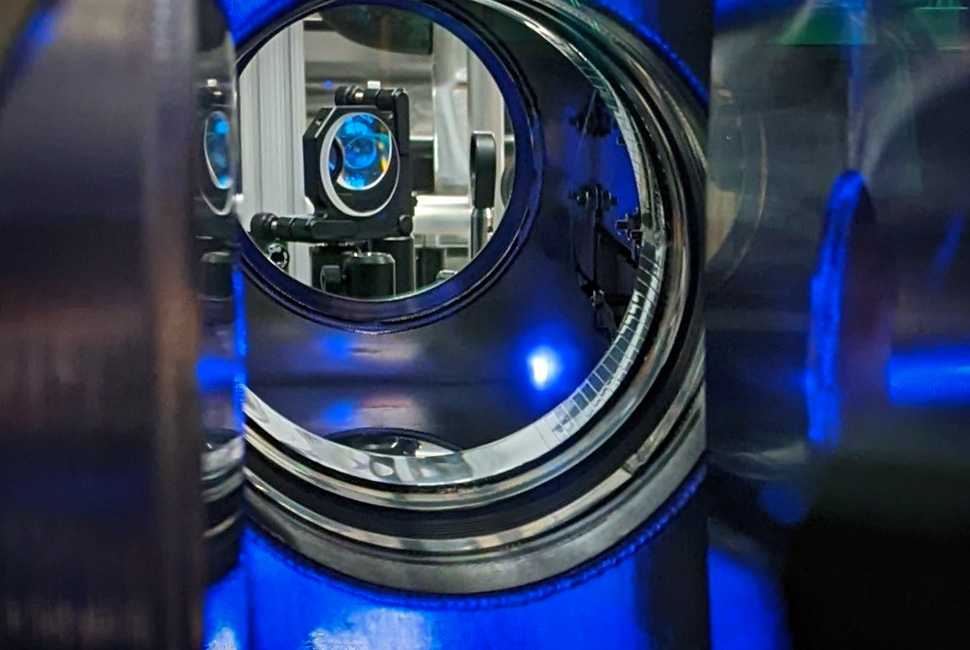2024-12-06 ミシガン大学
<関連情報>
- https://news.umich.edu/burned-rice-hulls-could-help-batteries-store-more-charge/
- https://onlinelibrary.wiley.com/doi/10.1002/adsu.202400667
硬質炭素の意外な供給源である籾殻灰が、予想外のLi+貯蔵能力をもたらす An Unexpected Source of Hard Carbon, Rice Hull Ash, Provides Unexpected Li+ Storage Capacities
Mengjie Yu, Man Wang, Sylvio Indris, Jason Manassa, Alex Stangel, Robert Hovden, Richard M. Laine
Advanced Sustainable Systems Published: 20 November 2024
DOI:https://doi.org/10.1002/adsu.202400667

Abstract
Hard carbon (HC) anodes used in secondary batteries have attracted increasing recent attention in particular to transition to new energy storage formats. To date, HC is produced exclusively by charring organic precursors in inert atmospheres. One would not expect to find HC in rice hull ash (RHA), the byproduct of rice hull combustion processes. However, in developing approaches to depolymerize RHA SiO2 (90:10 wt% SiO2:C) to produce silica-depleted RHA or SDRHA40-60 (40–60 wt% SiO2) to tailor C:SiO2 ratios for carbothermal reduction reactions, the SDRHA carbon component is recently revisited. In more detailed efforts to characterize the form of carbon present in SDRHA, a series of analyses reveal graphitized carbon domains in amorphous matrices, i.e., HC, despite RHA being produced via combustion in an oxidizing atmosphere. Comprehensive electrochemical analyses on SDRHA40-60 find unexpected capacities far in excess (>700 mAh g−1) of reported values for HC and graphite. Electrochemical and STEM characterization suggest that the unexpected capacity may come from the nanoscale morphology of the amorphous carbon component. Given that RHA is a biowaste generated in kilotons/year worldwide, there seems to be an opportunity to develop sustainable high-capacity anode materials for alkali-ion storage systems.



